Agave: [Care, Characteristics, Planting, Irrigation and Problems]
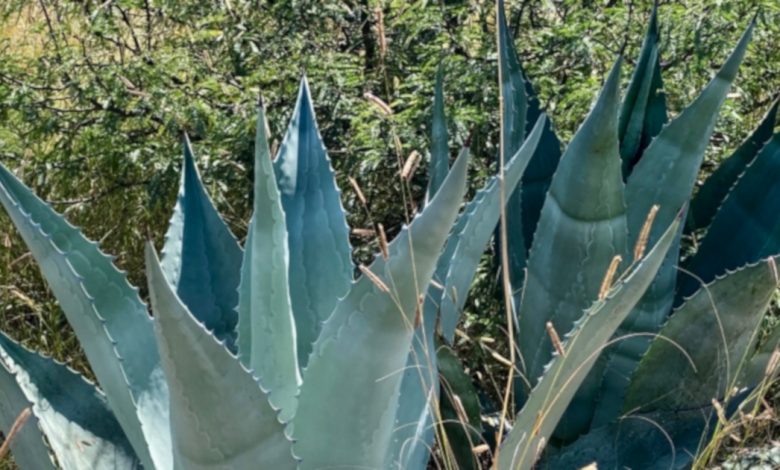
What will you learn in this article?
Everything you need about the wonderful succulent Agave. What needs does it have, as well as its care and irrigation.
If you are interested in reproducing it through cuttings (or sapling) we will also teach you how to do it. Finally you will know what problems usually occur in these plants, as well as some other important questions that may arise.
Agave plants (Agave spp.) are usually succulents with large leaves that end in prickly tips. There is a lot of variety in the agave genus.
There are large and rigid specimens that can reach 3 meters or more in height and width. And there are the small, plate-sized agaves, as well as a few species of agave with soft, spineless leaves.
Agave foliage tends to be bluish -green in hardier varieties and gray-green in warm-weather varieties. There are also some that are variegated with gold or white markings.
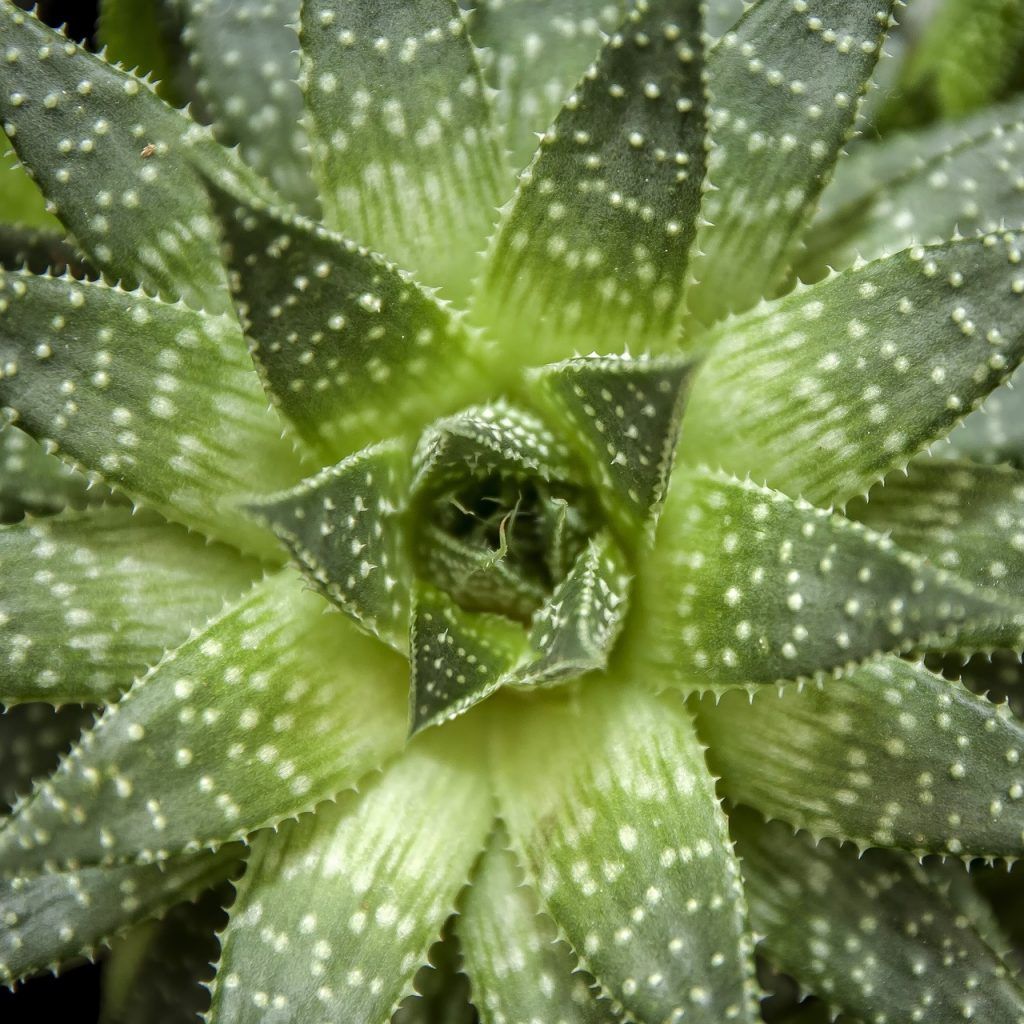
This slow-growing succulent is best planted in spring or early fall. When the agave matures after several years or even several decades, a tall flower stalk usually grows in the center of the plant.
The flowers are bell shaped and long lasting in shades of white, yellow and green. In most species of agave, once the flowers produce seed pods, the plant dies.
Warning: Agave sap is toxic to both people and pets.
Agave Characteristics
- Common name: Agave,century plant
- Botanical Name: Agave
- Family: Asparagaceae
- Plant type: Perennial, succulent.
- Adult size: 3 to 6 meters high, 30 centimeters to 3 meters wide (depends on the variety).
- Sun exposure: Complete.
- Soil Type: Sandy, well drained.
- Soil pH: Acidic, Neutral
- Bloom Time: Varies – most plants only bloom once in their lifetime.
- Flower color: Green, white, yellow.
- Hardiness zones: 5-11.
- Native Area: North America, Central America, South America.
- Toxicity: Toxic to people, toxic to pets.
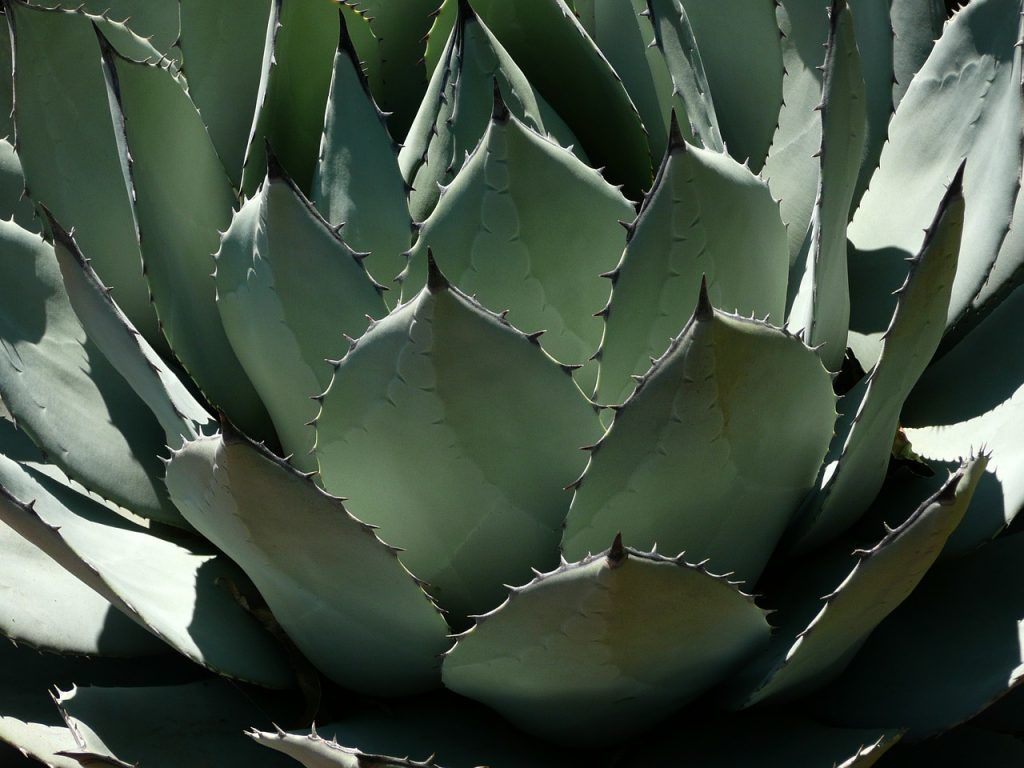
Agave is a genus of monocots native to hot, arid regions of America, although some species of Agave are also native to tropical South America.
The genus Agave (from the ancient Greek αγαυή, agauê) is mainly known for its succulent and xerophytic species that usually form large rosettes of strong and fleshy leaves.
Agave now includes species that were previously included in other genera, such as Manfreda, ×Mangave, Polianthes, and Prochnyanthes.
Plants in this genus can be considered perennials, as they require several to many years to mature and flower.
However, most Agave species are more accurately described as monocarpic or multiannual rosettes, as each individual rosette flowers only once and then dies; a small number of Agave species are polycarpic.
Maguey flowers are considered edible in many indigenous Mesoamerican culinary traditions.
What light needs does the agave have?
Agave plants prefer a location with full sun, meaning at least six hours of direct sunlight most days. But they can tolerate some shade.
The hotter the weather, the more shade they can take.
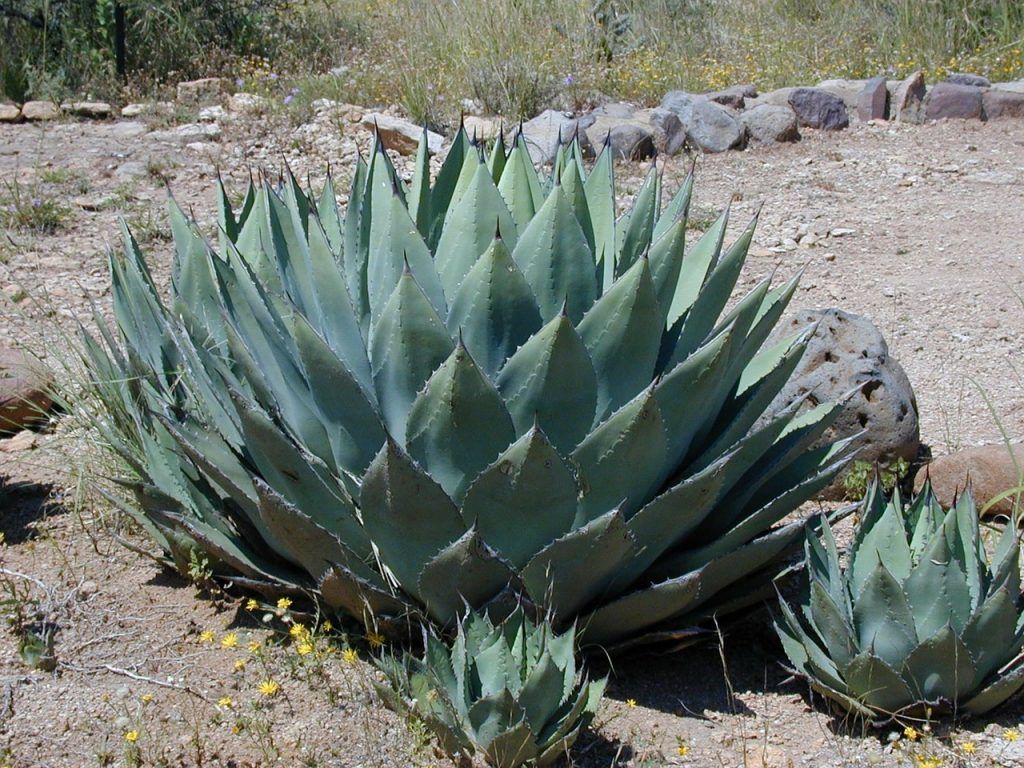
How do we prepare the land?
Agave plants tolerate any soil with good drainage, but prefer rocky or sandy soils. Poor soil drainage can lead to root rot, which can kill the plant.
Also, they like a soil pH between slightly acidic and neutral.
How should we water our agave plants?
Mature agave plants are very drought tolerant.
They usually only need to be watered if it has rained for a long time and the soil is completely dry. However, when trying to establish a plant for the first time, water every four to five days for the first month.
Next, water once a week and gradually space out watering every other week, depending on rainfall.
What temperature and humidity does the agave require?
Most agave plants are frost intolerant and can only grow in areas with hot, arid or temperate climates (but without very cold winters).
Also, most agaves prefer a climate with low humidity.
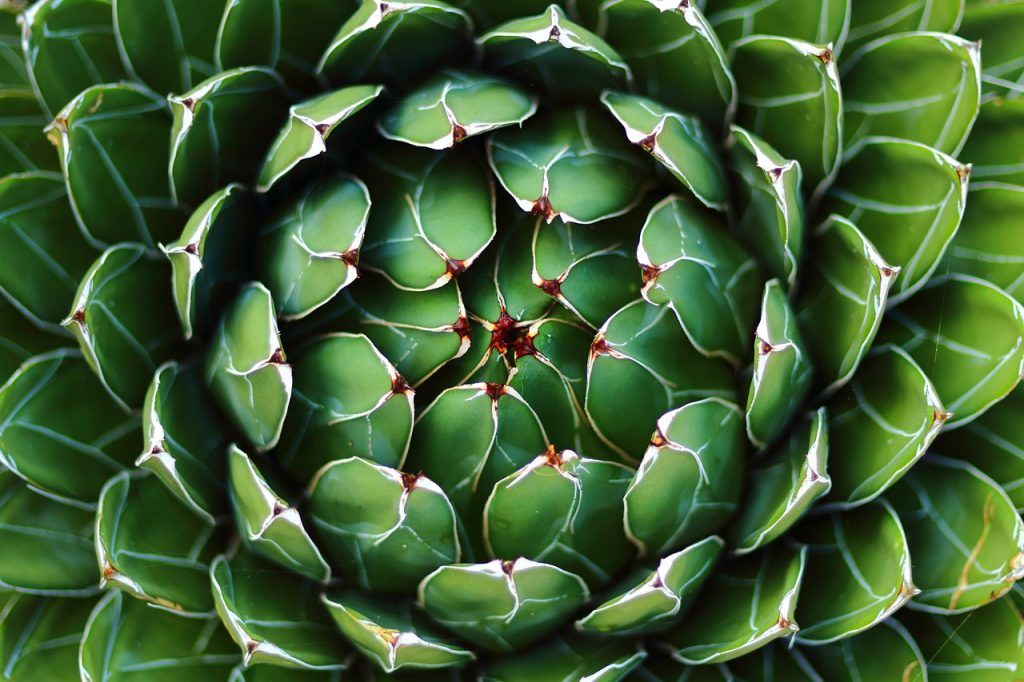
Pass
Feeding is not usually necessary for agave plants.
Feeding actually encourages flowering, something you don’t want to happen too soon because most agave plants die after flowering.
Propagate by cuttings the agave step by step
Mature agave plants produce small new plants around their base.
From these small plants can be propagated. Not only is it an inexpensive way to get new plants, but it also prevents the mature plant from being overcrowded by young plants.
In general, these small agave plants can be propagated at any time, but it is best to wait until they are a few inches in diameter.
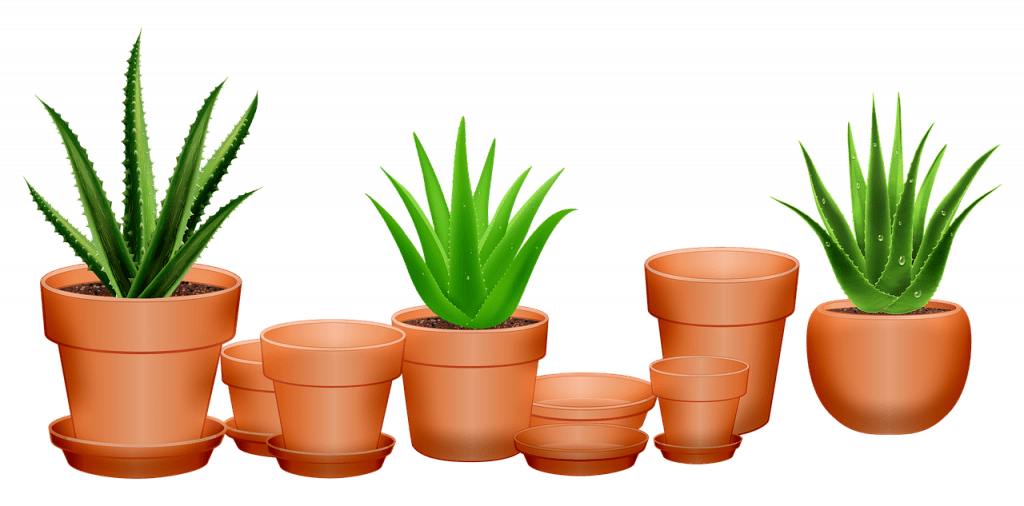
This is how agaves are propagated:
- Loosen the soil around the little plant to find the root that attaches it to the mother plant. Cut off that root with a sharp trowel, being careful not to cut any roots growing from the brood itself.
- Gently dig up the new little plant, leaving as many roots intact as possible.
- Place the little plant in a shaded and ventilated area for a few days, so that the root you have cut can form a callus.
- Plant the small agave plant in a small container with drainage holes, using succulent potting mix. Slightly moisten the soil and place the container in a bright and warm place.
- Continue to water the top of the soil and keep it from drying out, but don’t saturate the soil. In a few weeks, this new agave plant should be ready to be transplanted outside if you wish
Plant agave from seed
In general, it is easy to grow agaves from seed.
- Fill a shallow container with drainage holes with seed starter mix.
- Then just sprinkle the agave seeds on top. T
- Take into account if your species of agave needs light for its seeds to germinate. If so, do not cover the seeds.
- Lightly moisten the growing medium and cover the container with plastic wrap.
- Place the container in a location that stays above 70°F (21°C) and in bright, indirect sunlight. Within a few weeks you should have seedlings, at which point you should remove the plastic wrap.

How to transplant an agave plant?
Like many succulents, agaves have shallow roots. So you can grow them in a shallow pot because they don’t need a lot of soil.
You just have to make sure that the container is sturdy and can support the weight of the plant. An unglazed clay pot is ideal because it will allow excess moisture from the soil to evaporate through its walls.
Also make sure the container has ample drainage holes.
Use a well-draining potting mix made for succulents. Water the pot once a week in summer and once a month in winter. Wait until the soil is dry to a few inches before watering.
Plan to transplant your agave plant every two years as it matures.
The best time to do it is spring or summer. Use a slightly larger container and fresh potting mix.
Once it has matured, you can leave the plant in the same container, but think about renewing the potting mix every couple of years.
Care required by the agave
Agaves are grown for their spectacular foliage, not their flowers.
A large agave is all you need to create a sculptural focal point in the garden. Make sure there is enough room to walk around it, so no one accidentally brushes against the prickly tips.
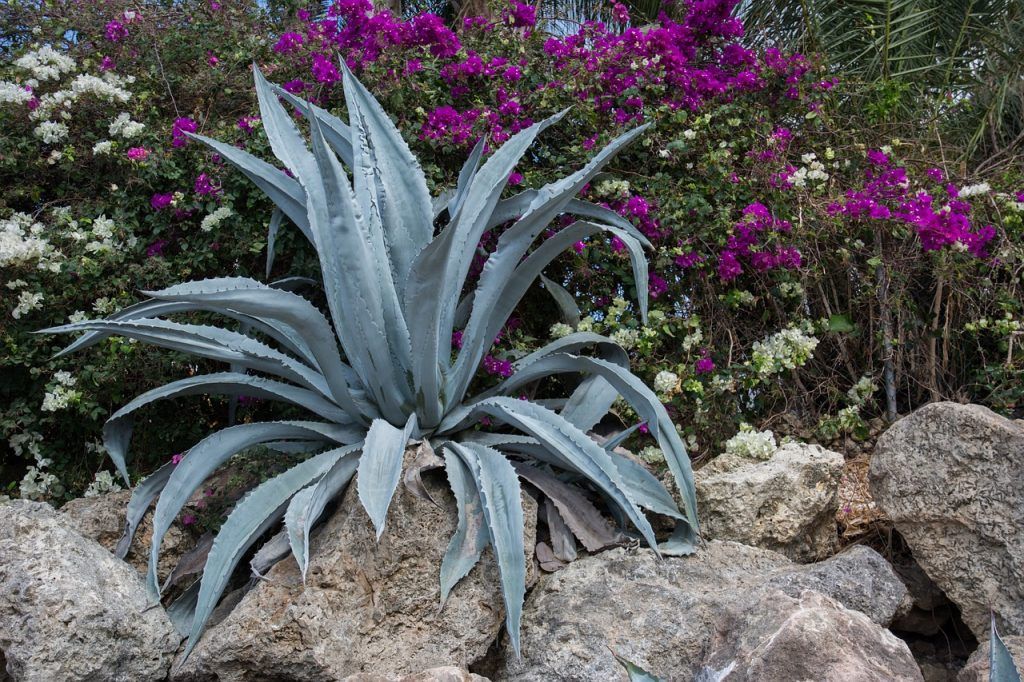
Agaves can also form a nice border grouping and provide a textural contrast with other plants. Combining with ornamental grasses can soften their hard edges.
In addition, the small agave species are excellent for containers, both indoors and outdoors.
Agaves can thrive even when neglected. The key is to make sure the soil has good drainage and plenty of sunlight. When grown in an environment they like, they need very little extra care from you.
Types and varieties of agave
There are many species of agave that vary in size and appearance, including:
- Agave attenuata: This is a popular thornless variety, also known as foxtail ordragontreeIt grows about 1 to 1.5 meters tall and a little more wide.
- Agave parviflora: Its leaves havewhiteand curly filaments that give it a hairy appearance. It only reaches about 15 centimeters in height and blooms for six to eight years with green flowers.
- Blue Agave Tequilana: Weber’s blue agave is used to make tequila, but it is also a very attractive garden plant, reaching over 2 meters in height and blooming in six to eight years with yellow flowers.
- Agave victoria-reginae: As this plant matures, its broad leaves cup inward, forming a dome. It reaches a height of about 30 cm and the cream-colored flowers appear in 20 or 30 years.
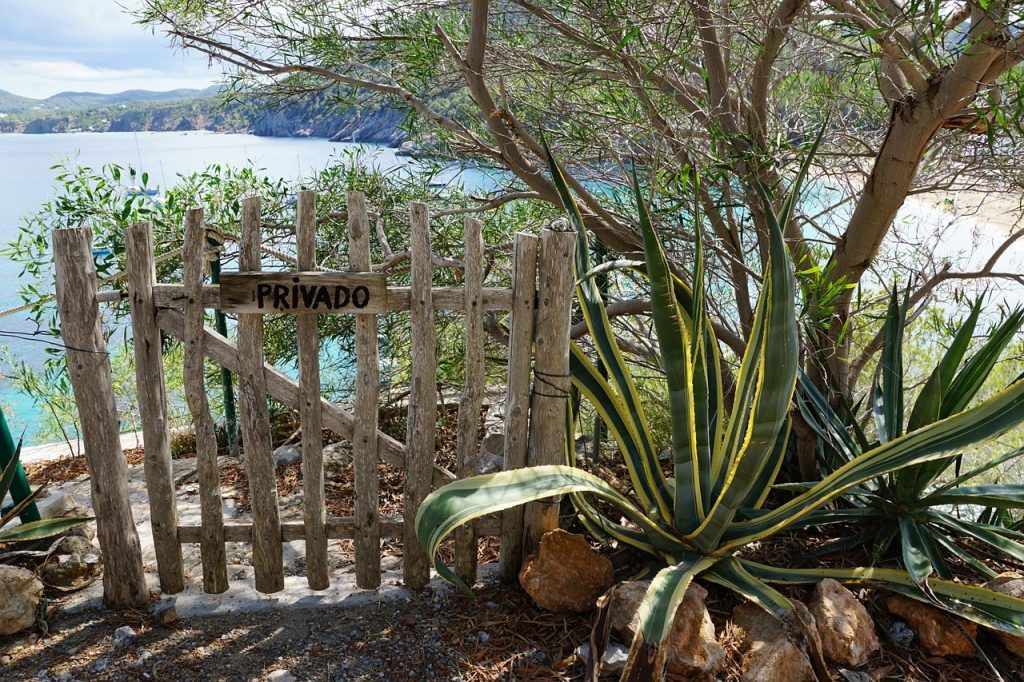
Agave pests and diseases
Common pests and diseases
Agaves typically have very few pest and disease problems.
However, the agave weevil can burrow into the center of the plant to lay its eggs, causing the plant to collapse.
Unfortunately, you probably won’t notice until it’s too late to save the plant. Therefore, remove the plant to prevent pests from spreading to other agaves you may have.
Common Agave Problems
When grown in the conditions they like, agaves rarely have any problems. But some environmental problems can cause the plant to have problems.
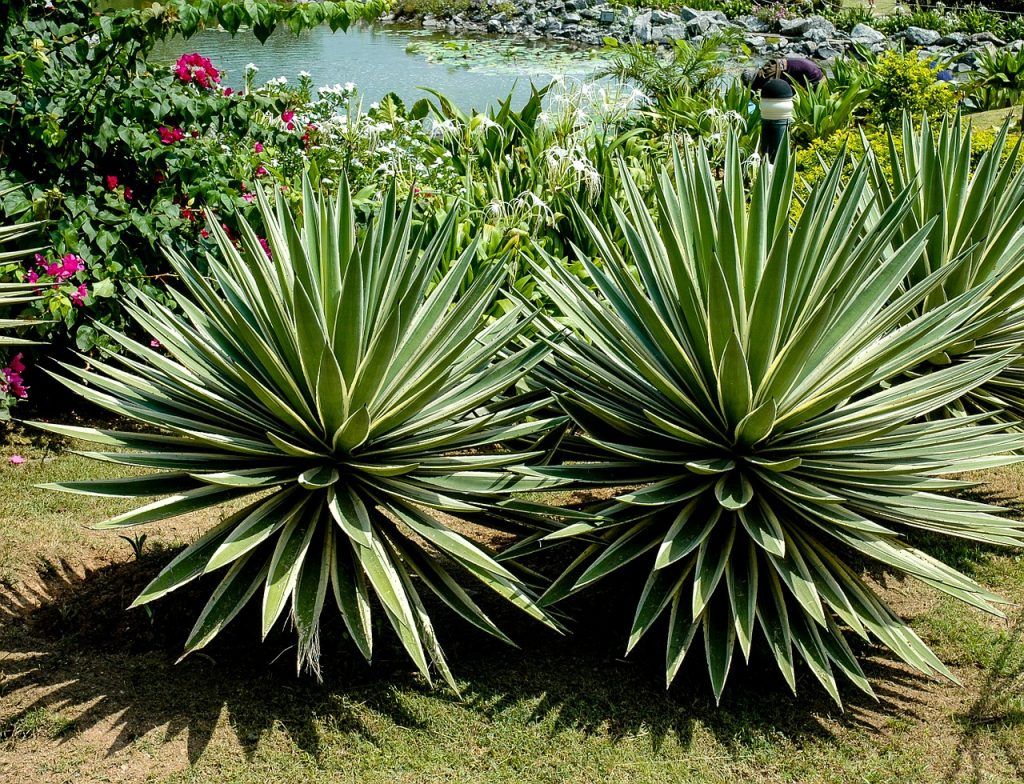
Fallen leaves
Fallen leaves can be a sign of agave weevil.
But it can also be due to incorrect watering.
Excessive watering can cause roots to rot. And, consequently, the leaves will not be able to get moisture and nutrients from the soil, so they end up falling.
Make sure you allow enough time between waterings for the top few inches of soil to dry out.
The leaves turn yellow
Overwatering is also a common culprit for yellowing the leaves of agave plants.
Yellow leaves can also be due to a lack of sunlight, which causes the plant to lose its vitality.
Keep an eye on your plant throughout the day to make sure it isn’t in the shade for too long. If so, consider moving it to a sunnier location.
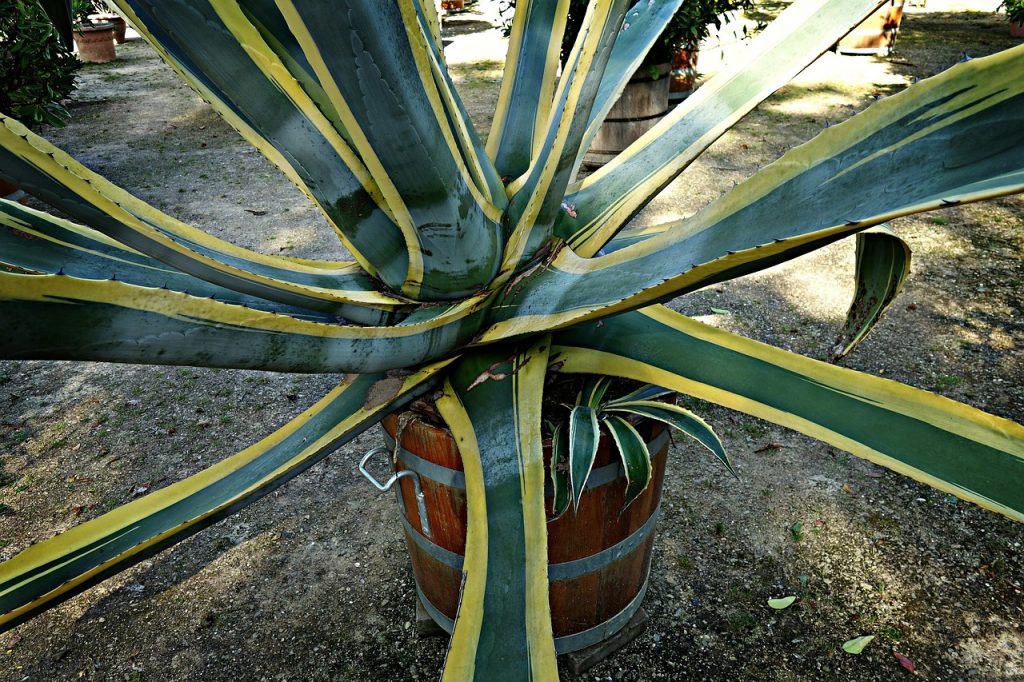
Is it easy to take care of the agave?
When grown in the conditions they like, agave plants are hardy and require little maintenance.
How fast does agave grow?
Agave plants are usually slow growing and can take years to mature.
How often should agave be watered?
Agaves have a high tolerance for drought. They usually only need biweekly or monthly watering, depending on rain and sun conditions.
Is the agave a cactus?
The agave is a type of succulent that is often confused with the cactus.
Remember the rule that all cacti are succulents, but not all succulents are cacti. The main difference between agaves and cacti is the presence of leaves, cacti do not have them, while agaves do.
To learn more about cacti:
- How to Plant a Cactus: Step by Step Manual [12 Steps + Images]
- Christmas Cactus: [Growing, Care, Irrigation and Substrate]
- Cardón: [Cultivation, Irrigation, Care, Pests and Diseases]
- San Pedro Cactus: [Planting, Care, Substrate, Irrigation]
- Cactus Cuttings: [Concept, Period, Rooting and Planting]
- Prune a Cactus: [Importance, Time, Tools, Considerations and Steps]
- Cactus Irrigation: [Needs, Frequency and Procedure]
- Saguaro: [Characteristics, Cultivation, Care and Disadvantages]
- Transplanting a Rootless Cactus: [Method and Steps to Follow]
Do agaves bloom?
Primarily used for their leaf art, agaves also eventually flower, although flowering signals the end of the plant’s life cycle, when they depart in a blaze of glory with a tall spike or massive tree-like branching stem..
Once the towering spirals bristling with tubular flowers are finished, the mother plant dies. But, depending on the species, new pups begin to form before or after flowering, which can be removed and placed in their own containers.

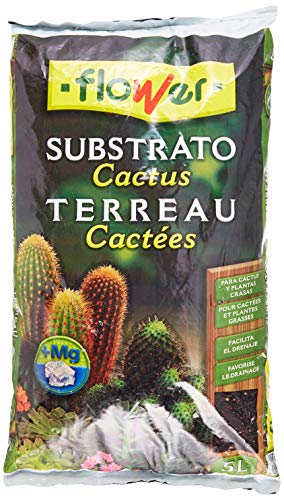

![Photo of The Climate: [Concept, Elements, Importance and Examples]](https://www.complete-gardening.com/wp-content/uploads/2022/08/the-climate-concept-elements-importance-and-examples.gif)
![Photo of List of [15 Indoor Plants Without Flower]: Examples and Care](https://www.complete-gardening.com/wp-content/uploads/2022/08/list-of-15-indoor-plants-without-flower-examples-and-care-390x220.jpg)
